Teflon (polytetrafluoroethylene, PTFE) cable is indeed considered a promising option for high-frequency transmission in electronics, particularly in applications where low signal loss, high reliability, and stable performance are crucial. Here are some reasons why Teflon cable is seen as a potential future solution for high-frequency transmission:
Low Dielectric Constant: Teflon has a low dielectric constant, which means it can maintain signal integrity by minimizing signal attenuation and dispersion, especially at high frequencies. This property makes Teflon cable suitable for applications where high-speed data transmission or RF signal integrity is essential.
Wide Frequency Range: Teflon cable exhibits stable electrical properties over a wide frequency range, including microwave and radio frequency (RF) bands. This versatility makes it suitable for various high-frequency applications, such as telecommunications, aerospace, radar systems, and high-speed data networks.
Low Signal Loss: Teflon's low dielectric loss tangent contributes to minimal signal loss and distortion, allowing for efficient transmission of high-frequency signals over long distances. This is particularly advantageous in applications where signal fidelity and accuracy are critical, such as in medical imaging equipment or scientific instrumentation.
Temperature Stability: Teflon cable maintains its electrical properties over a wide temperature range, from cryogenic temperatures to high temperatures, without significant degradation. This thermal stability makes it suitable for harsh operating environments where temperature fluctuations occur, such as in aerospace, defense, or automotive applications.
Chemical Resistance: Teflon is highly resistant to chemicals, moisture, and environmental factors, which enhances the reliability and durability of Teflon cable in demanding operating conditions. This resistance to degradation ensures long-term performance and reliability in harsh industrial or outdoor environments.
Flexibility and Mechanical Strength: Teflon cable is flexible and exhibits high mechanical strength, allowing for easy installation, routing, and handling in complex electronic systems. This flexibility makes it suitable for applications where space constraints or tight bending radii are common, such as in compact electronic devices or aerospace systems.
Standardization and Compatibility: Teflon cable is widely available and commonly used in the electronics industry, with established standards and compatibility with existing connectors, terminations, and equipment. This makes it easy to integrate Teflon cable into existing electronic systems and infrastructure without significant modifications.
While Teflon cable offers many advantages for high-frequency transmission in electronics, it's essential to consider factors such as cost, availability, and specific application requirements when evaluating its suitability for a particular use case. Overall, Teflon cable is likely to continue playing a significant role in high-frequency transmission applications, driven by ongoing advancements in electronics and telecommunications technologies.

 ENGLISH
ENGLISH 简体中文
简体中文 GERMAN
GERMAN SPAIN
SPAIN
 +86 181-5747-1135
+86 181-5747-1135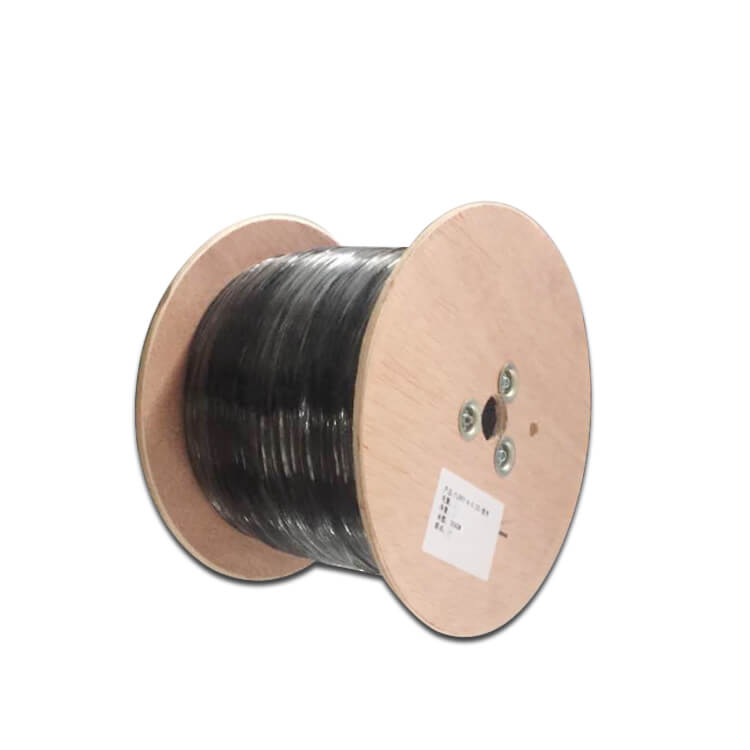
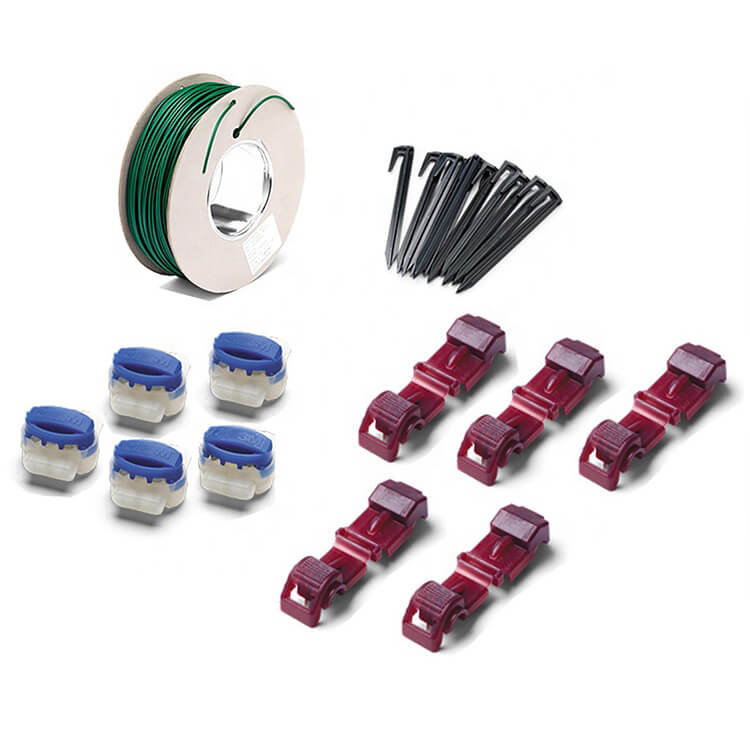
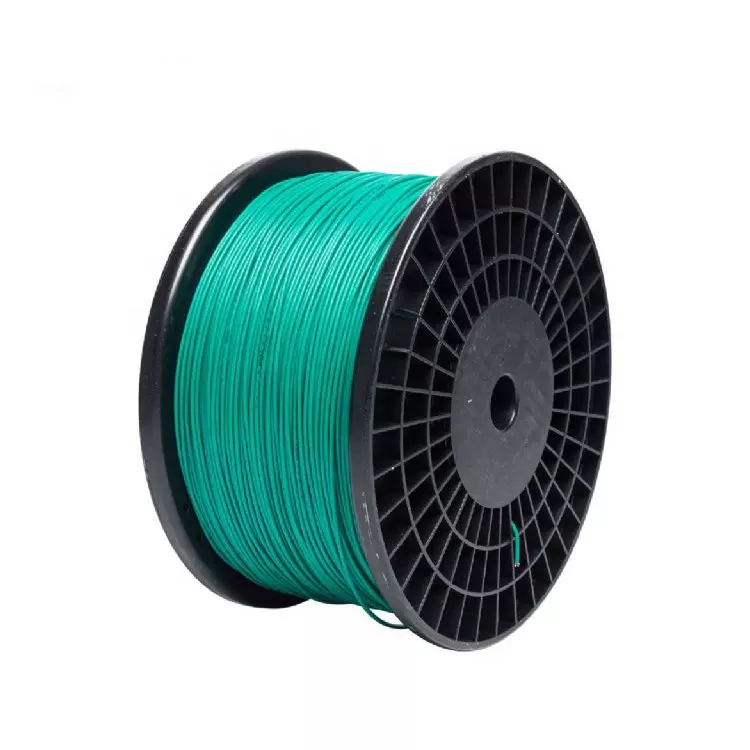
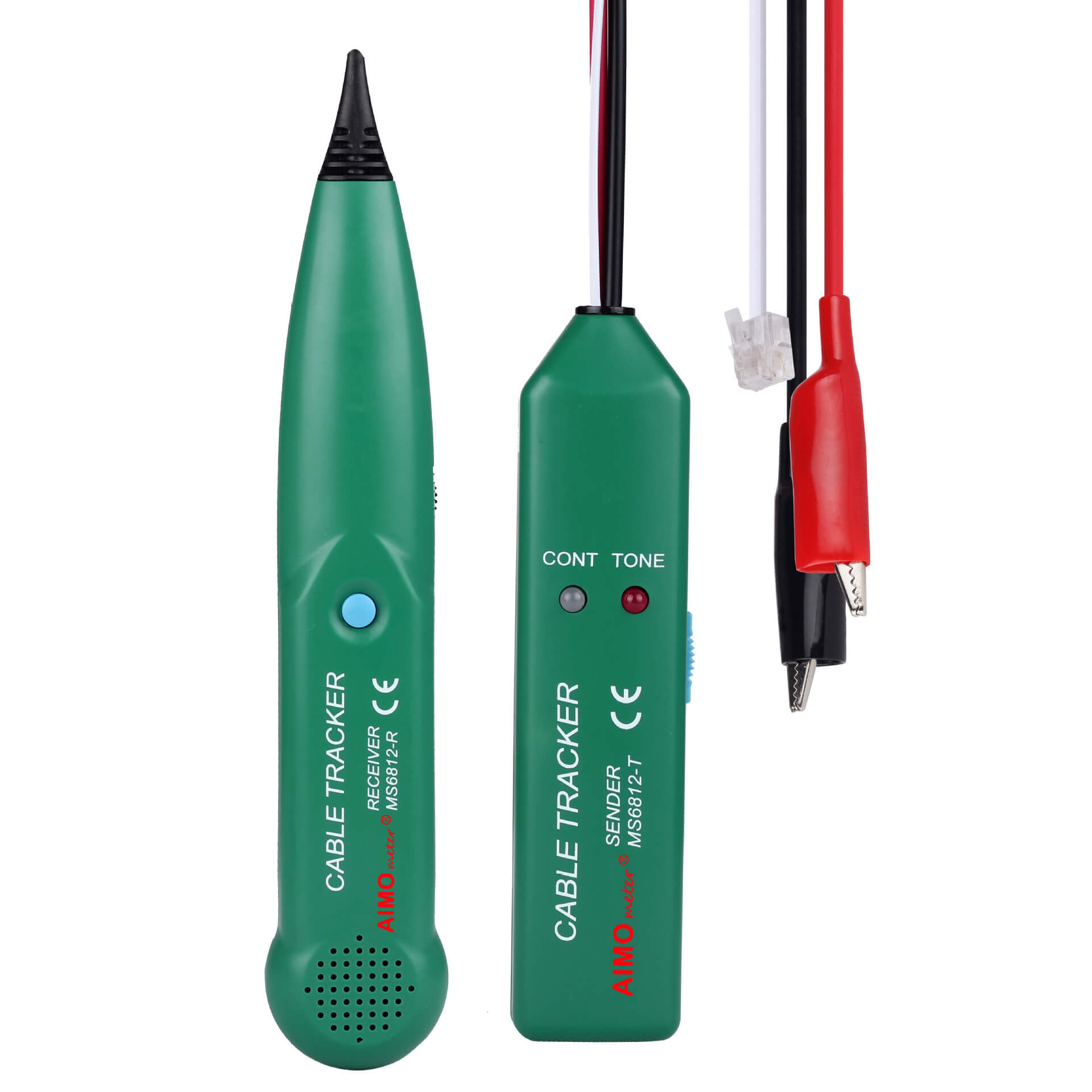


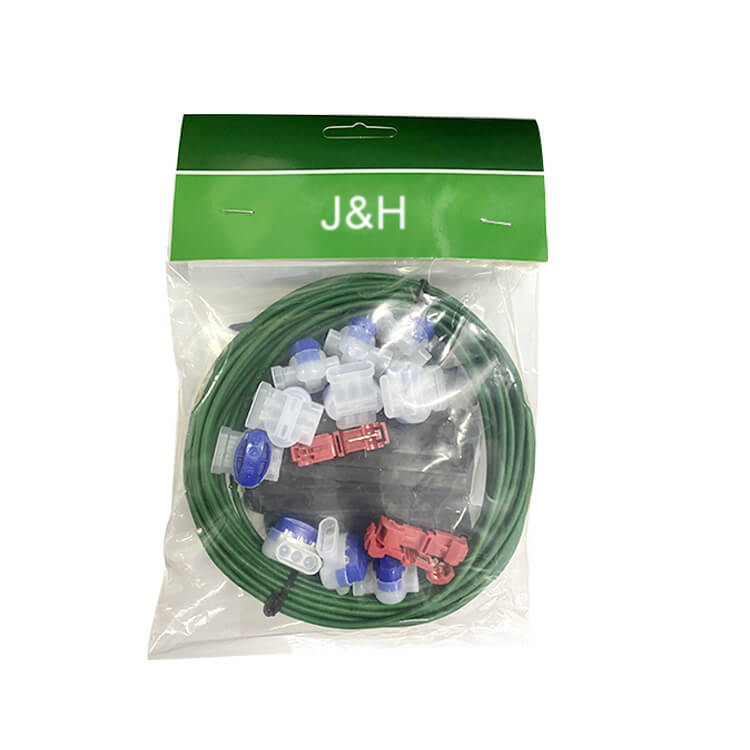
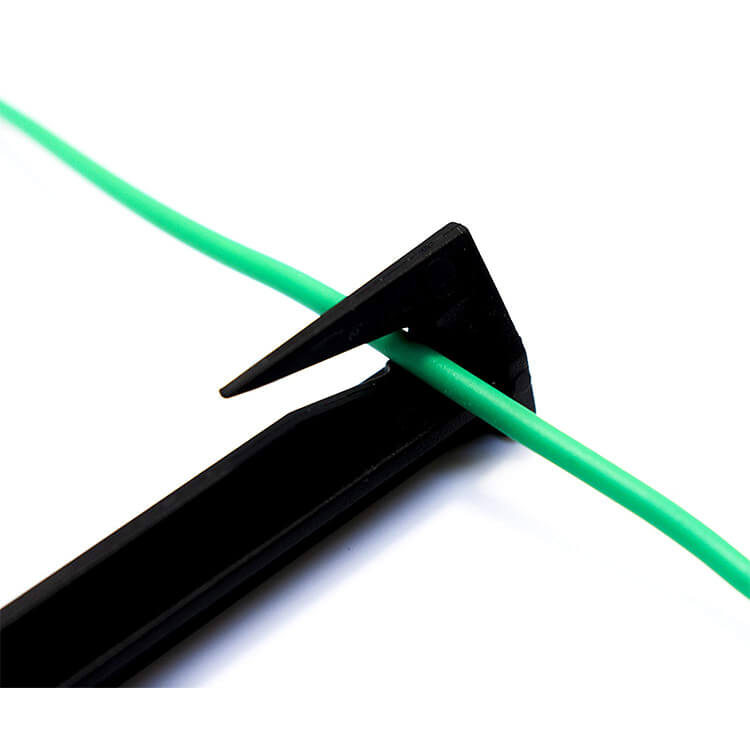
 Abroad:+86 181 5747 1135
Abroad:+86 181 5747 1135 FAX: +86 574 8900 7636
FAX: +86 574 8900 7636 E-mail:
E-mail: 

 read the map
read the map

